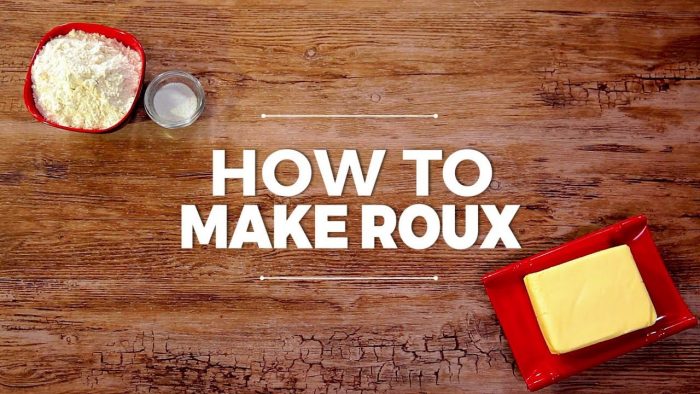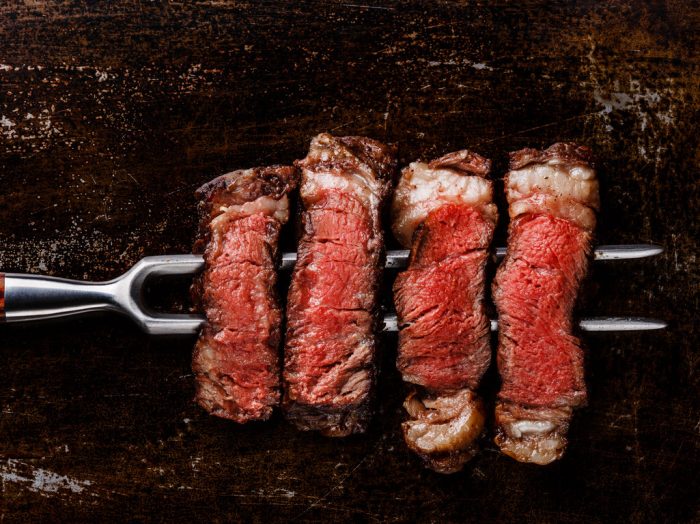Roux is a basic sauce thickener you can use to add some volume and texture to your dishes, including soups. If you’ve ever tried to make white sauce or Bechamel, then you might have seen this word, pronounced “roo” in the instructions. But how to make roux? Find out here, right now!
Roux is not just for Bechamel or soups. For instance, I really enjoy using it when cooking peas and chicken, because it thickens the tomato sauce I cook the peas in. But that recipe is for another time. Let’s learn the basics of how to make roux.
Roux is made from equal parts fat and flour, and when I say equal parts, it’s important to note that I am referring to weight, not volume! Because even though traditionally the fat is clarified butter, you can absolutely use any fat you like: bacon grease, plain melted butter, lard or vegetable oil. It’s the same for flour: if you’re on a gluten-free diet, feel free to use any flour you like, including rice flour and potato flour.
The roux needs flour and fat for chemistry reasons! The starch molecules in the flour expand when they absorb the liquid and make it gelatinous. That’s why the sauce thickens. On the other side, the job of the fat is to keep the starch molecules separate – this is how you avoid clumps.
How to make roux in 8 easy steps
1. Gather your ingredients
You will need fat and flour, as I’ve said. Both should weigh the same. Let’s say that we’re making it with butter this time since it’s the classical way. You will also need a saucepan and a wooden spoon for stirring.
2. Heat the saucepan
Turn the stove on to medium-low temperature. Add the saucepan over the flame.
3. Melt the butter
Add the butter to the saucepan and stir with a wooden spoon so that it melts evenly. Keep an eye on it so that it doesn’t burn.
4. Add the flour
Since you’ve measured the flour, you now know how much to use, and you can add it gradually to the saucepan.
5. Stir the flour
Use the wooden spoon to stir the forming roux. Make sure that the flour gets adequately incorporated and doesn’t form any clumps.
6. Cook it
The mixture in the saucepan will form a paste as you stir in the flour. After all of the flour is mixed in, you need to cook it for a few more minutes because it’s really not healthy to eat something with uncooked flour. Not to mention that the taste is doughy and will ruin the flavor of your sauce.
7. Remove it from heat
Remove the sauce from heat when it has the color you desire. If you want it to be white, then don’t cook it for too long or it will start browning.
8. Thicken sauces
When the sauce is ready, use it to thicken whatever you need to be thickened. Whisk it in slowly. But make sure that it’s still warm, or else it might end up clumpy. You can also freeze it and use it later, but make sure to warm it a little after thawing.






